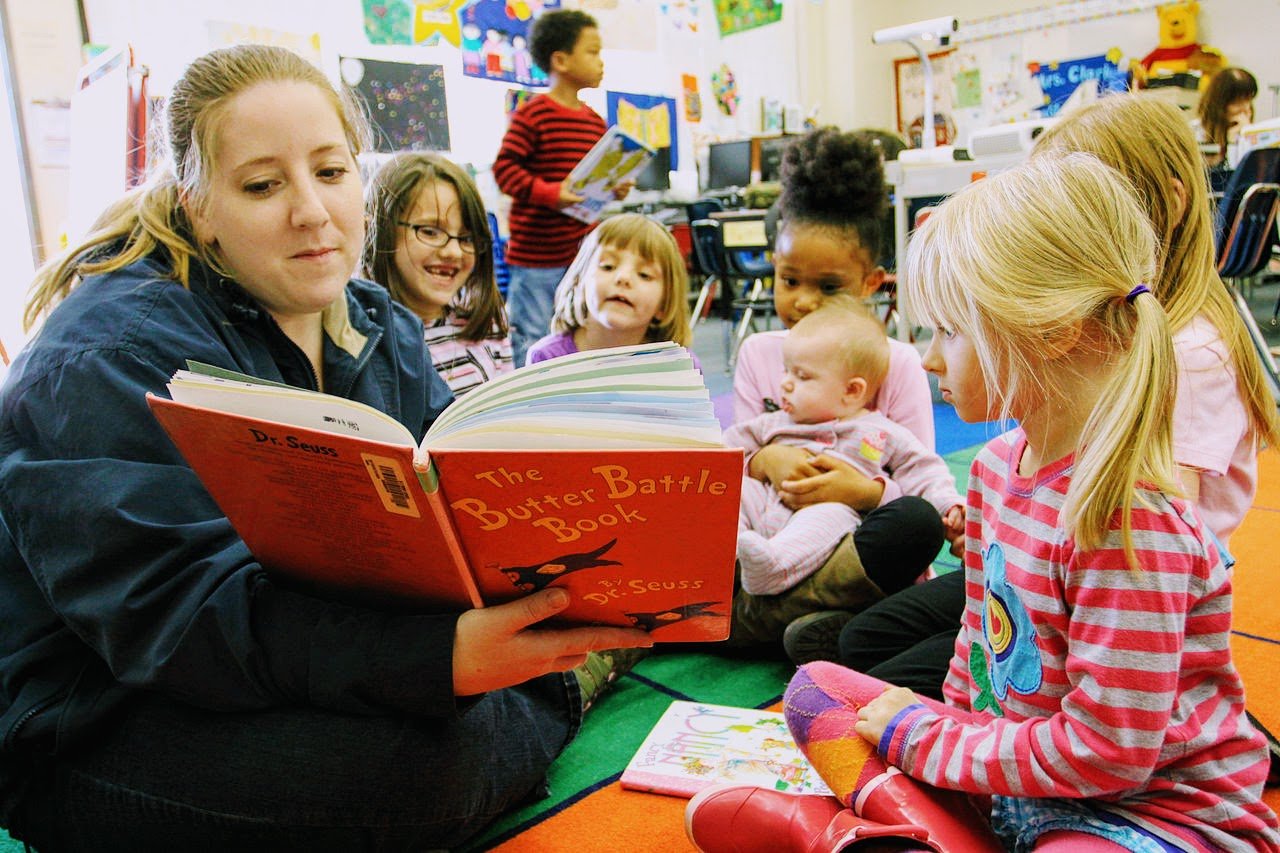According to a new study by researchers from Liverpool John Moores University in England, young children who spend more time learning about phonics - the relationship between letters and sounds - have better results at counting and recognizing numbers. The researchers looked at the early math and reading skills that preschoolers have developed at home with their parents, and tested the students' abilities. But how can learning about the sounds of letters have anything to do with math?
"Some of the relationship can be explained by language ability," said Fiona Simmons, a senior lecturer in the school of Natural Sciences and Psychology at Liverpool John Moores University, and one of the authors of the study. One explanation is that learning letter-sound interactions provide children the tools to understand abstract symbolic systems - like the idea that a printed symbol can represent something else.
Once children understand this kind of concept - the correspondence between letters and reading - it will become easier for them to apply it between numbers and mathematics, for example. These findings suggest that there are benefits to teach as early as possible young children the infinite possibilities of combination between between sounds, letters, words, and numbers. And much more.

Picture: Angela Creason, parent reader, reads to Matthew C. Perry Elementary students (Wikimedia Commons, w/Effects)



